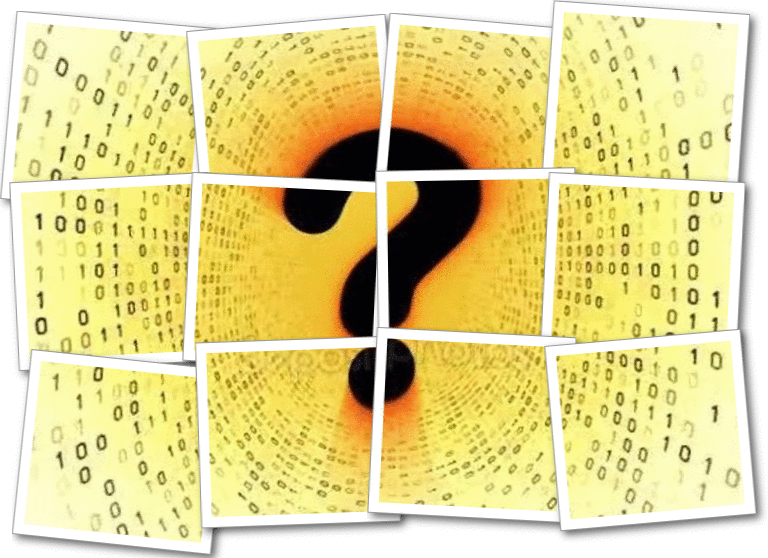
Cutting class
"Jill," a teacher reprimanded the teenager in the hall, "do you mind telling me whose class you're cutting this time?"
"Like," the young teen replied, "uh, see, okay, like it's like I really don't like think like that's really important, y'know, like because I'm y'know, like I don't get anything out of it."
"It's English class, isn't it?" replied the smiling teacher.

